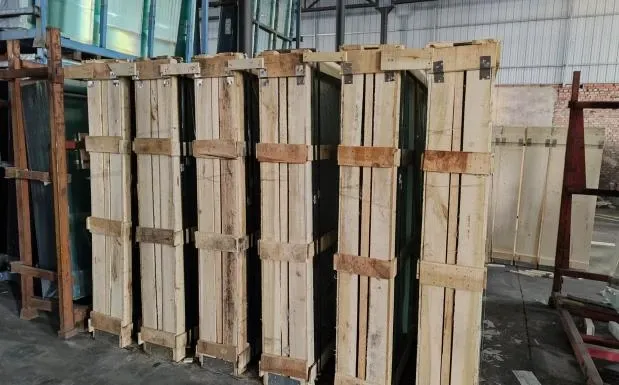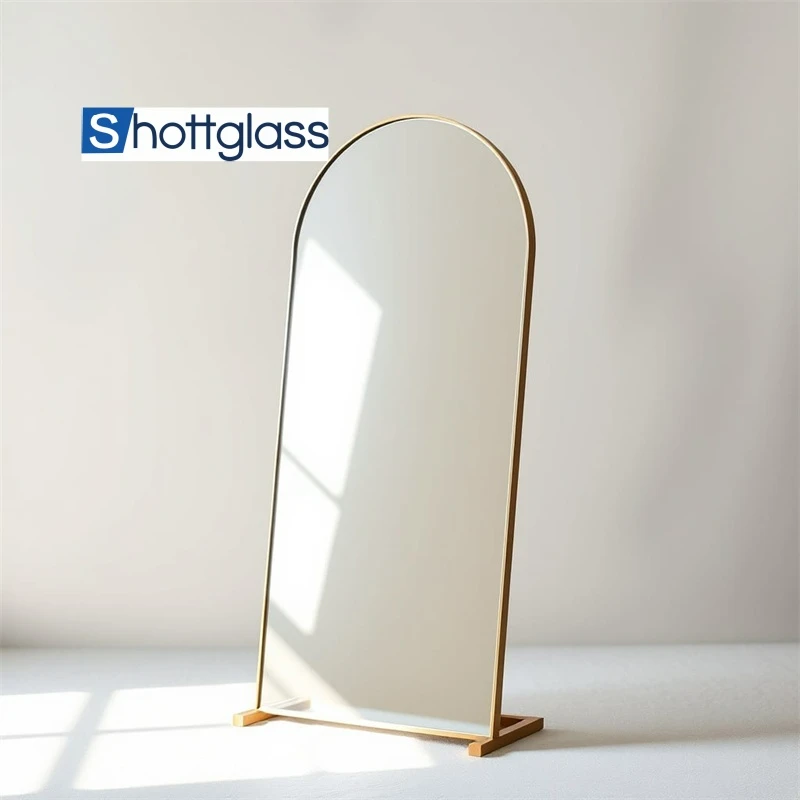Oct . 12, 2024 10:21 Back to list
what are low emissivity windows
Understanding Low Emissivity Windows
Low emissivity (low-E) windows have emerged as a revolutionary advancement in energy-efficient building design. These specialized windows are designed to minimize the amount of infrared and ultraviolet light that passes through the glass without compromising the amount of visible light that enters a space. The technology behind low-E windows is both innovative and environmentally friendly, making them a popular choice among homeowners and builders alike.
What are Low Emissivity Windows?
Low-E windows are coated with a thin layer of metallic oxide. This coating is extremely thin, often just a few nanometers in thickness, and is typically applied to one side of the glass. The term emissivity refers to how well a surface emits energy in the form of infrared radiation. Regular glass has a higher emissivity compared to low-E glass, meaning it allows for heat transfer, which can result in higher energy costs for heating and cooling a building.
How Do They Work?
Low-E windows function by reflecting heat back into the room during the winter while still letting in sunlight. In contrast, during the summer, they reflect heat away from the interior, which helps in keeping homes cooler. This dual action is achieved through two main types of low-E coatings hard coat and soft coat.
1. Hard Coat Low-E This type is typically applied during the manufacturing process, resulting in a durable finish. It offers a stronger barrier against UV and infrared radiation and is often used in regions with cold winters.
2. Soft Coat Low-E This type is applied after the glass is manufactured and is more effective at insulating than hard coat. However, it is slightly less durable and usually used in double-glazed or triple-glazed windows for enhanced insulation.
Benefits of Low-E Windows
The advantages of installing low-E windows are numerous and can have a significant impact on both comfort and energy savings.
what are low emissivity windows

1. Energy Efficiency By minimizing heat loss in the winter and reducing heat gain in the summer, low-E windows can help homeowners save on their energy bills. Studies have shown that these windows can reduce energy costs by up to 30%-50%.
2. UV Protection Low-E coatings significantly reduce the amount of UV radiation that enters the home. This protection can help prevent fading of furniture, carpets, and artwork, thus preserving their appearance and extending their lifespan.
3. Enhanced Comfort Low-E windows help maintain a consistent indoor temperature by reducing drafts and cold spots, resulting in a more comfortable living environment.
4. Environmental Impact By using less energy for heating and cooling, homes with low-E windows contribute to reduced energy consumption, which is beneficial for the environment. This can also translate into a decreased carbon footprint for homeowners.
Considerations When Choosing Low-E Windows
While the benefits are clear, there are still considerations that homeowners should keep in mind when choosing low-E windows. Firstly, not all low-E coatings are created equal. It's important to check the specific rating of the window and ensure it meets energy efficiency standards set by organizations such as the National Fenestration Rating Council (NFRC).
Additionally, homeowners should consider the climate of their area. Depending on whether a region experiences more cold or hot weather, the type of low-E window selected may differ. Consulting with professionals in window installation can guide homeowners in making the most informed choice.
Conclusion
Low emissivity windows represent a key innovation in energy-efficient home design. By effectively managing heat transfer and reducing UV exposure, they offer a compelling solution for energy-conscious consumers. As concerns about energy costs and environmental sustainability continue to grow, adopting advanced technologies like low-E windows is not just a trend; it's a smart investment for the future. Embracing these windows can lead to significant savings, increased comfort, and a positive impact on the environment, making them a worthy consideration for any renovation or new construction project.
-
Chemically Strengthened Glass vs Tempered Glass
NewsJul.18,2025
-
Custom Frosted Glass Applications
NewsJul.18,2025
-
What’s the Difference Between Obscure Glass and Frosted Glass?
NewsJul.18,2025
-
Bullet Resistant Glass Levels
NewsJul.18,2025
-
Silver Wall Mirrors for Living Room
NewsJul.18,2025
-
Bullet Resistant Glass Definition
NewsJul.18,2025
Related PRODUCTS














